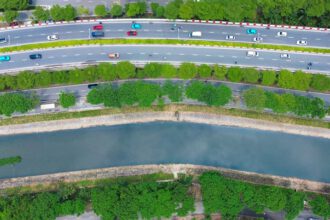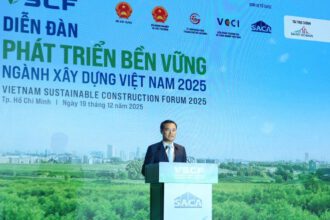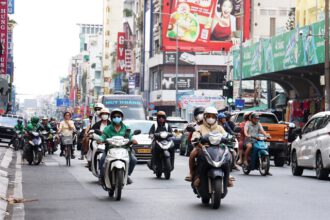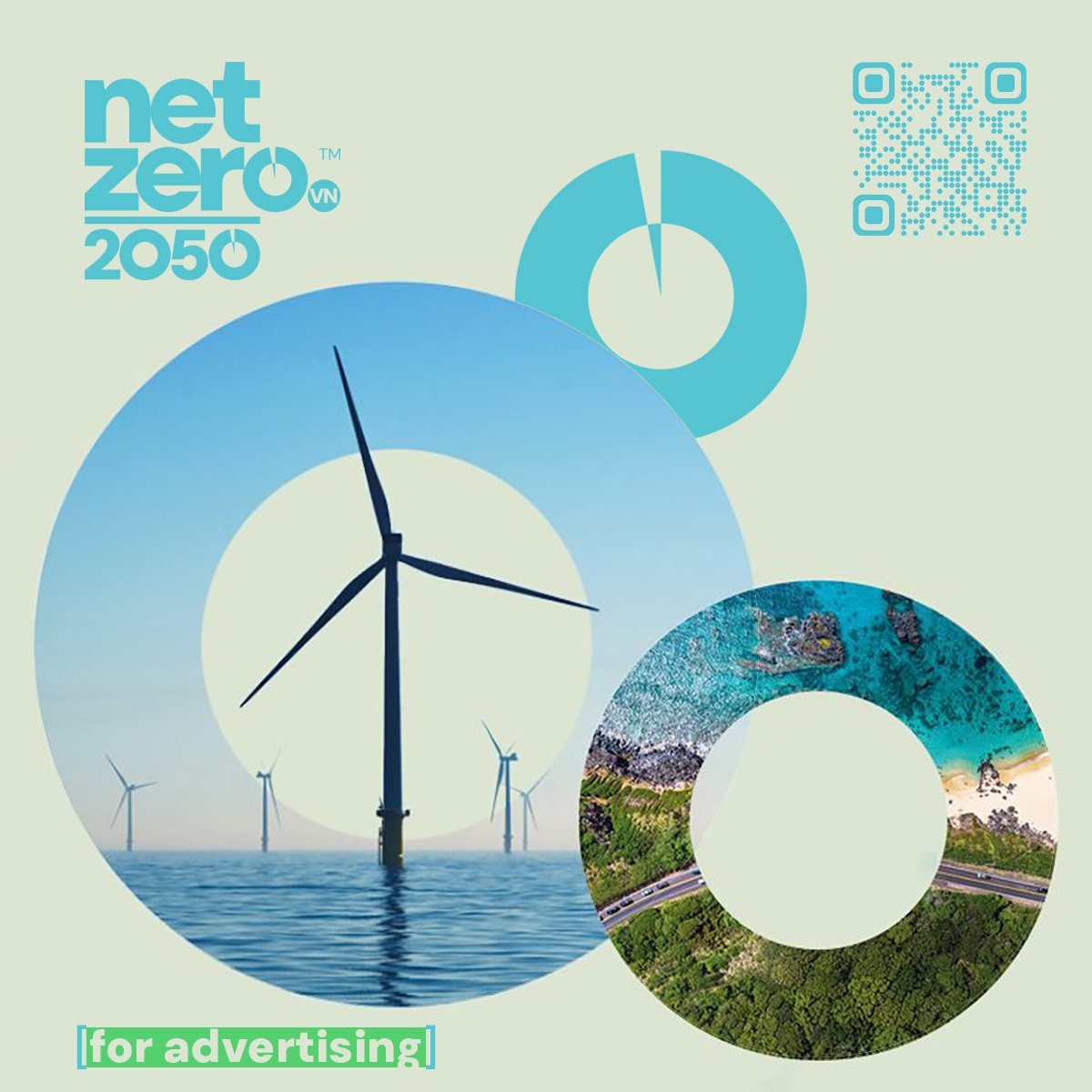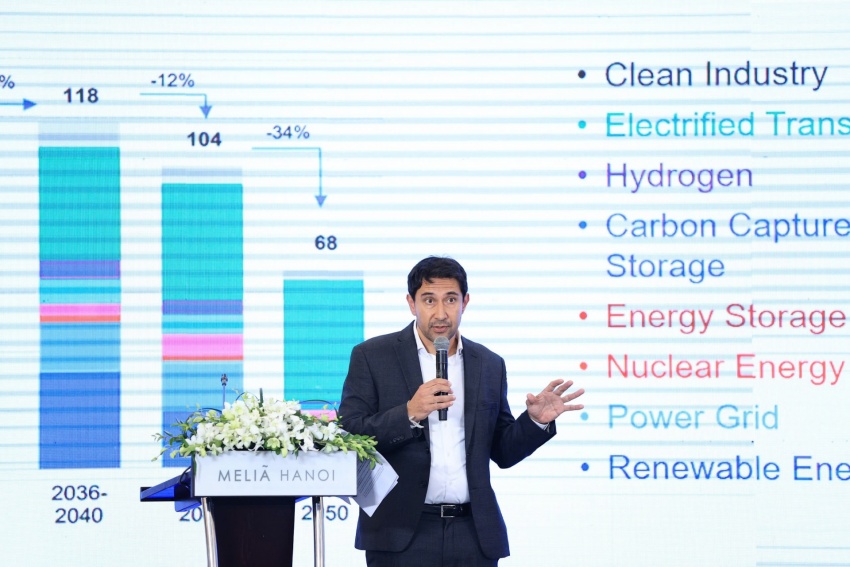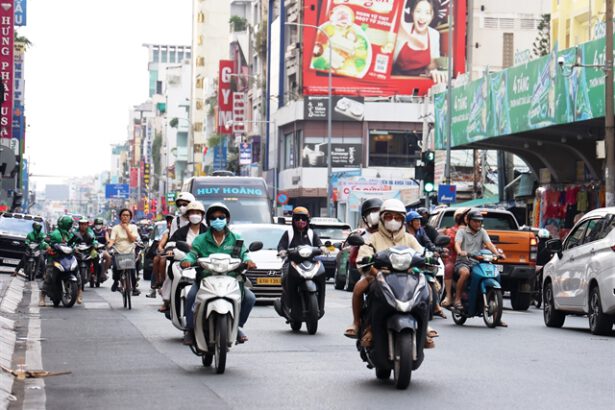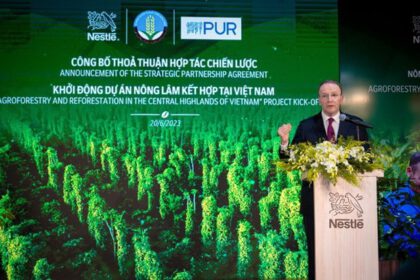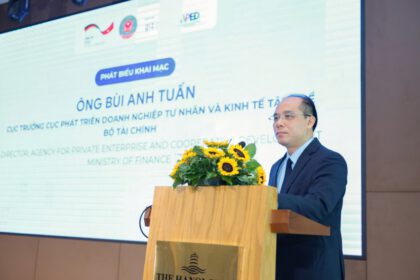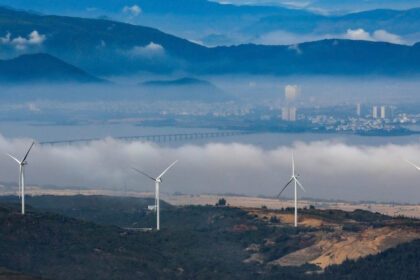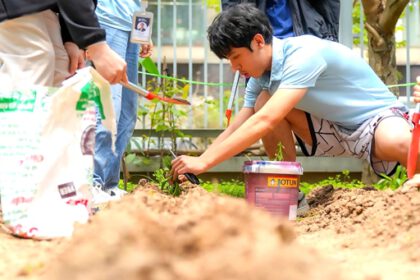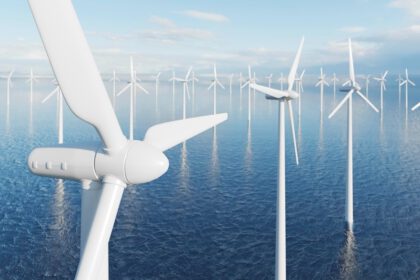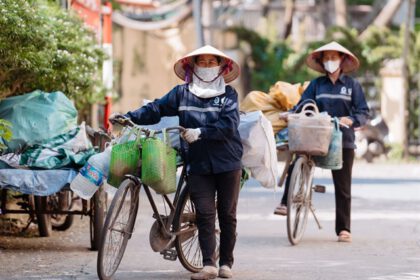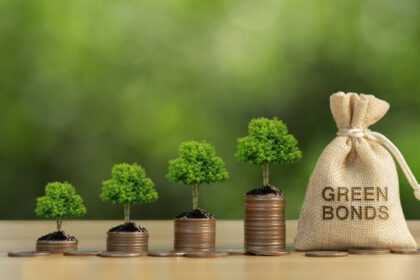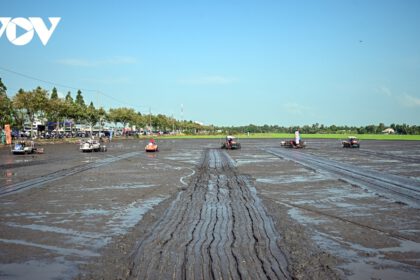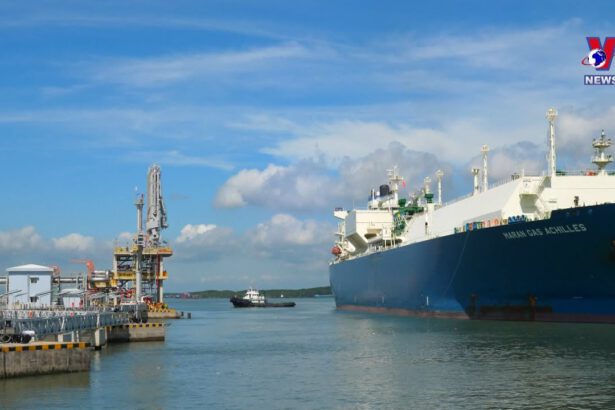Yên Xá Wastewater Plant breathes new life into Tô Lịch River
Trương Quốc Bảo, Director of Hà Nội’s Yên Xá Wastewater Treatment System Project Management Board, said that the Tô Lịch River is expected to become a clean and green waterway in the near future.
HCM City considers installing more air quality, subsidence monitoring stations
Pressure on air quality in HCM City is mounting. Monitoring results from 2021-2025 show that dust pollution and noise frequently exceed regulatory standards.
Việt Nam makes positive contributions to energy security
Vũ Chi Mai, Project Director of the Clean, Affordable and Secure Energy for Southeast Asia (CASE) under the GIZ Energy Support Programme (ESP), speaks to Việt Nam News about Việt Nam’s energy transition away from…
Promoting local currency sustainable bond market in Vietnam
In recent years, green bonds have gradually played an important role in developing the sustainable debt market in Vietnam. However, the COVID-19 pandemic has paved the way for the development of other sustainable financial instruments…
What will Vietnam do to meet net zero emissions commitment?
Leaders of numerous State management agencies and experts have outlined major orientations and specific actions Vietnam should take towards fulfilling its net zero emissions commitment by 2050 delivered at the 26th UN Conference on Climate…
Enterprises consider rooftop solar for long-term gain
Using a rooftop solar power system is an effective selection for manufacturers to avoid the impact of the retail electricity prices increase on their operation.
Green energy – A trend in sustainable development
Vietnam is among countries demonstrating the strongest commitment to the global transition to green energy. The approval of the National Power Development Plan VIII for the 2021-2030 period partly showcases…



